SECRETS OF KÄRNÄ ISLAND
The island of Kärnä is the cradle of the Crater lake birth.
Kärnä is the largest island on Lake Lappajärvi (about 6 km in diameter) that can be reached by a bridge connected to the mainland. Lake Lappajärvi was formed about 78 million years ago when a stone asteroid (1.5 km in diameter) hit the bedrock. The lake was later formed in the meteorite crater, and Kärnä Island is considered to be the central elevation of it.
The meteorite collision resulted in several impact-related rocks: impactite, suevite, and lithic impact breccia.
As a result of deep drillings, we know that impactite can be found in the northern part of the island, while the southern part consists of suevite which is found underneath the soil. Suevite consists of only fragments of the bedrock.
Impactite is found in the northern part of the Kärnä island, as well as in Vartijasaari, Lokkisaari and Lokkikari.
Lean-to
When visiting the island of Kärnä, it is worth seeing the famous lean-to (a hut). Not far from it, there used to be one of the drilling points. Based on these deep drillings, 18 m beneath the soil, the drilling found suevite and lithic impact breccia, consisting of only crushed fragments of the bedrock, down to depth of 160 m. Fractured bedrock consisting of granite, pegmatite and mica gneiss is crossed by impact of breccia veins to at least 275 m. It seems very likely that impactite protected suevite from glacial erosion caused by the ice lobes flowing from the northwest. Additionally the area consists of a small beach, changing rooms, a fireplace, toilet, picnic table and a beautiful views of Europe's largest crater lake.
Location: Korkeasaarentie 5, Lappajärvi
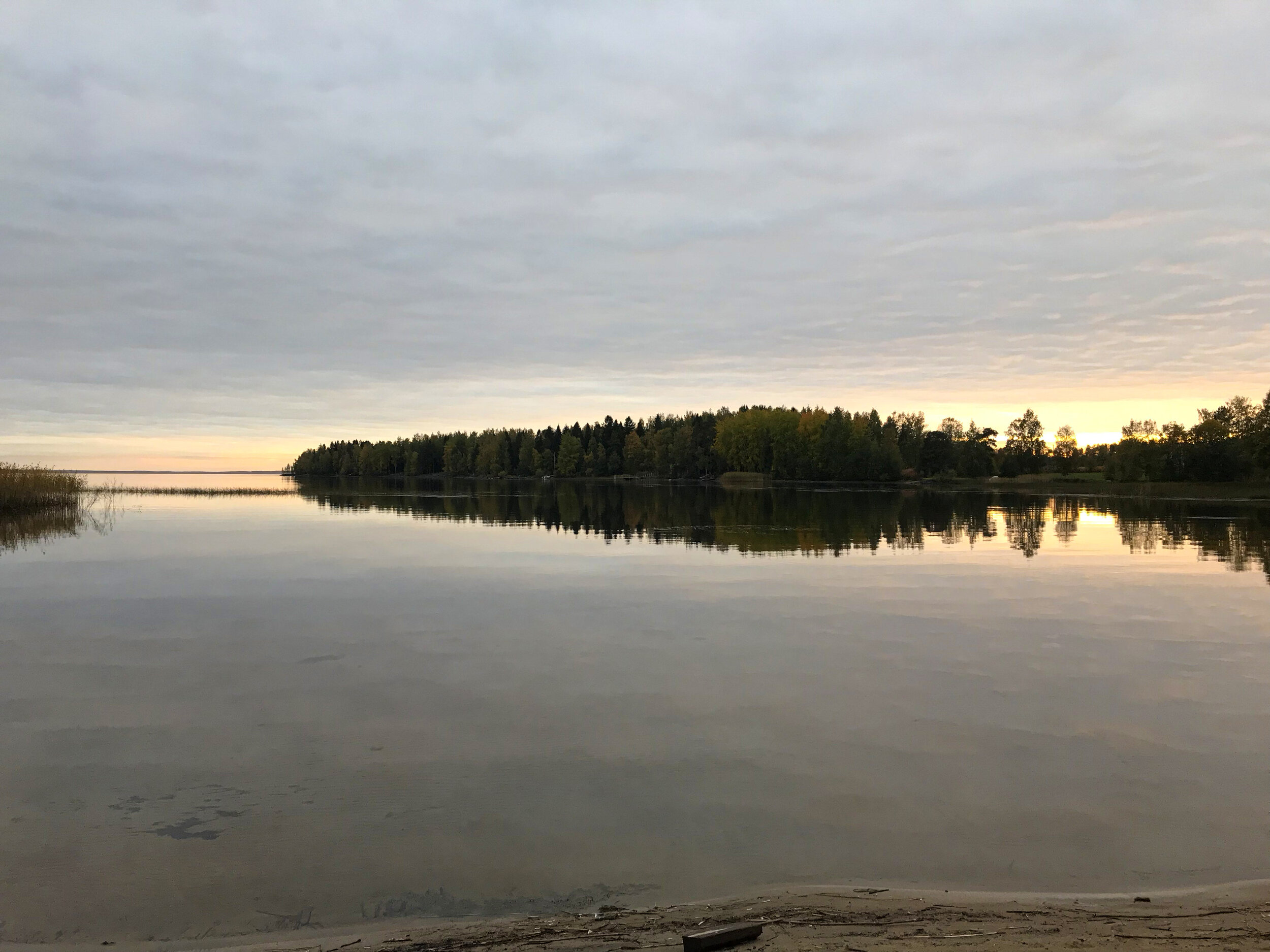
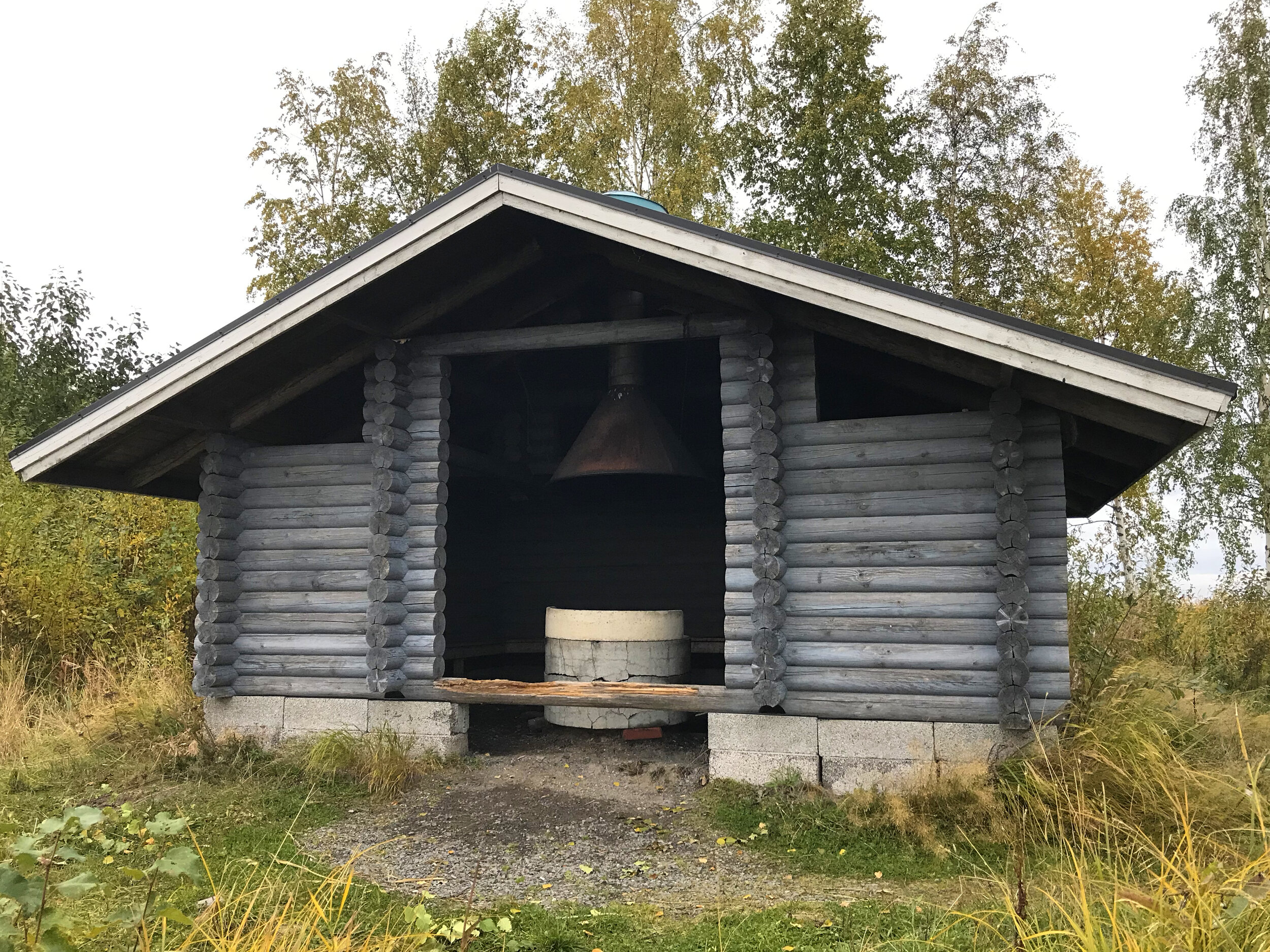
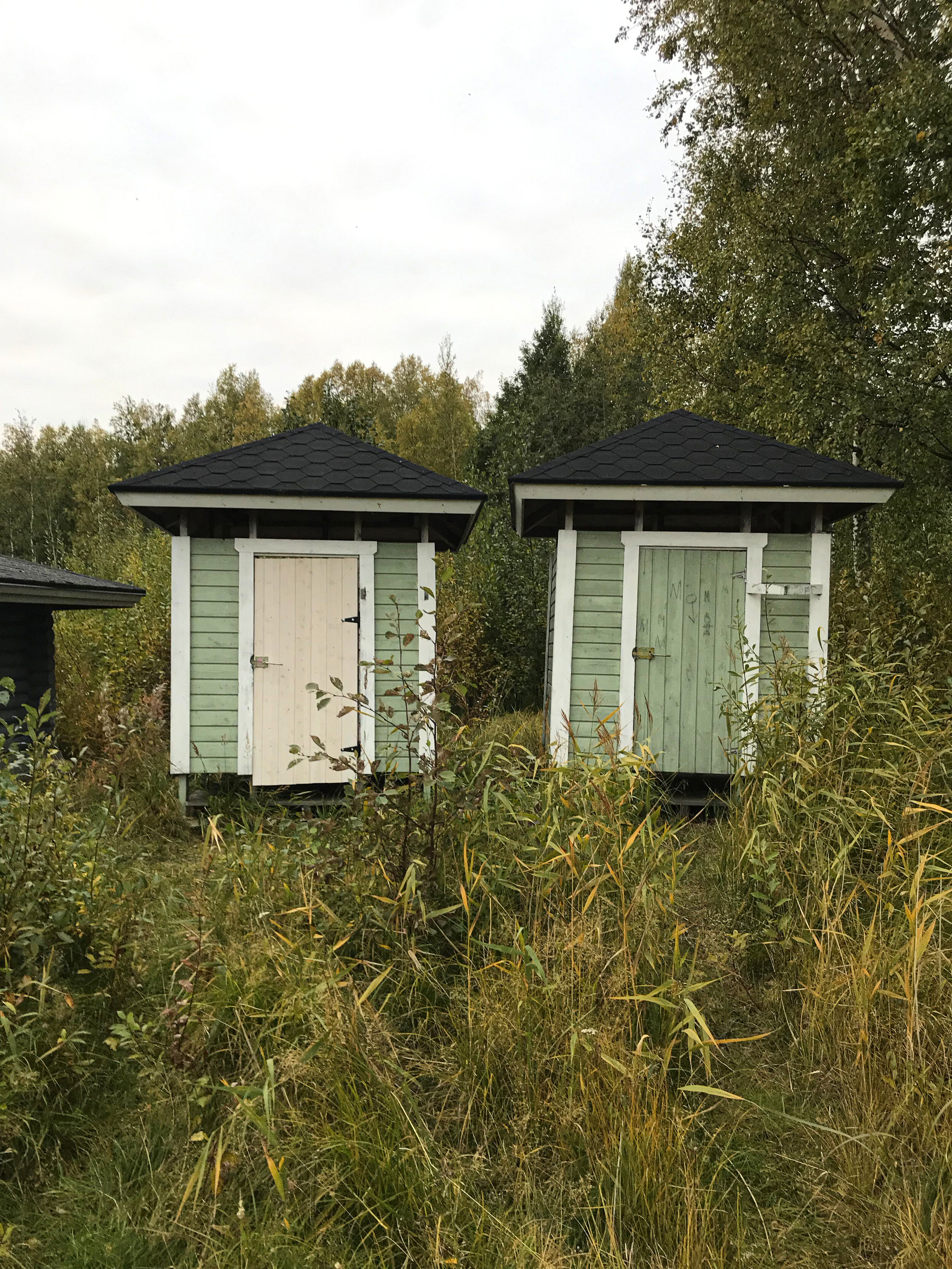
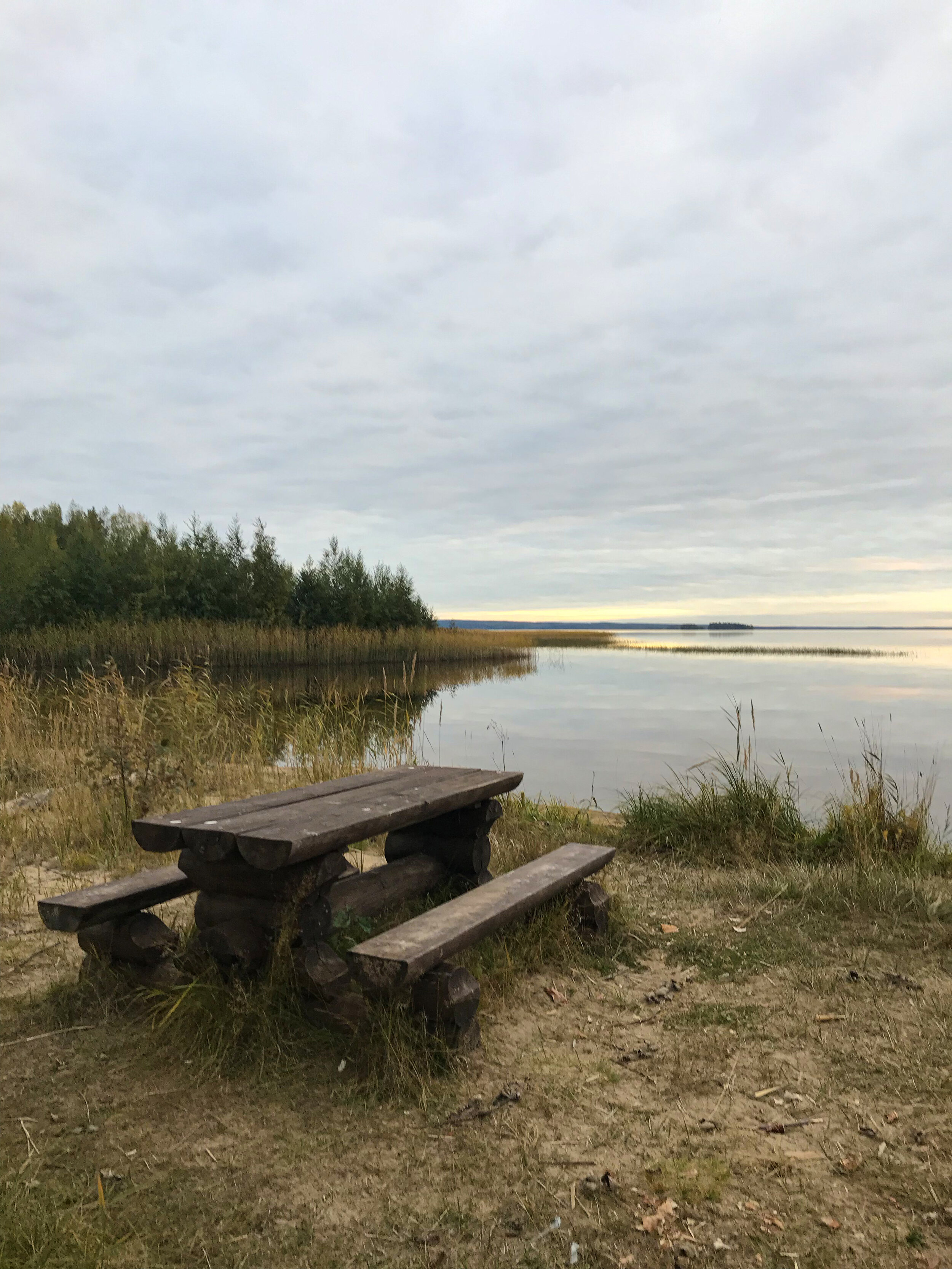
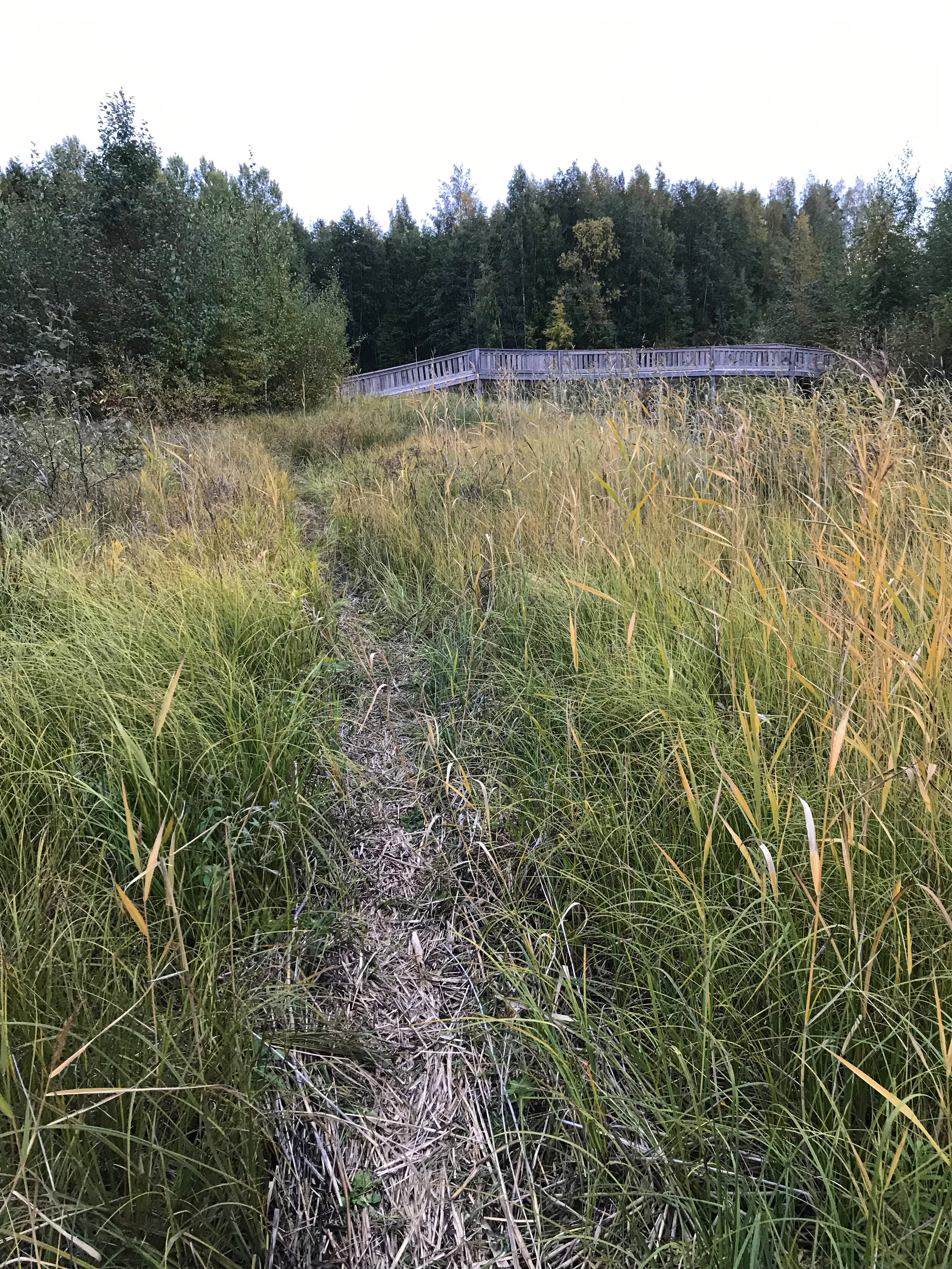
Haikaranneva
Southern Ostrobothnia has typical for Northern Finland aapa mires and raised bogs. Their development began immediately after the last ice age, as the land began to appear under the waters of the early stages of the Baltic Sea.
Southern Ostrobothnia meets the basic requirements for mires and bogs formation: higher precipitation than evaporation and a relatively flat topography combined with poorly permeable soil. A significant part of the area's swamps has been originally created as a result of waterbodies being overgrown by plants.
Haikaranneva is an ombrotrophic raised bog with an area of 115 hectares. Surface of the bog is flat and the maximum thickness of the peat layer is 3.5 meters. The northern and eastern edges of the bog have been dried to some extent. The location of the Haikaranneva is unique: it is surrounded by the lake on three sides.
More information: Craterlake Geotrail, destinations 5 and 6
Locations:
Kärnä lean-to: Korkeasaarentie 5, Lappajärvi
Haikaranneva: Tuohisalontie 188, Lappajärvi



